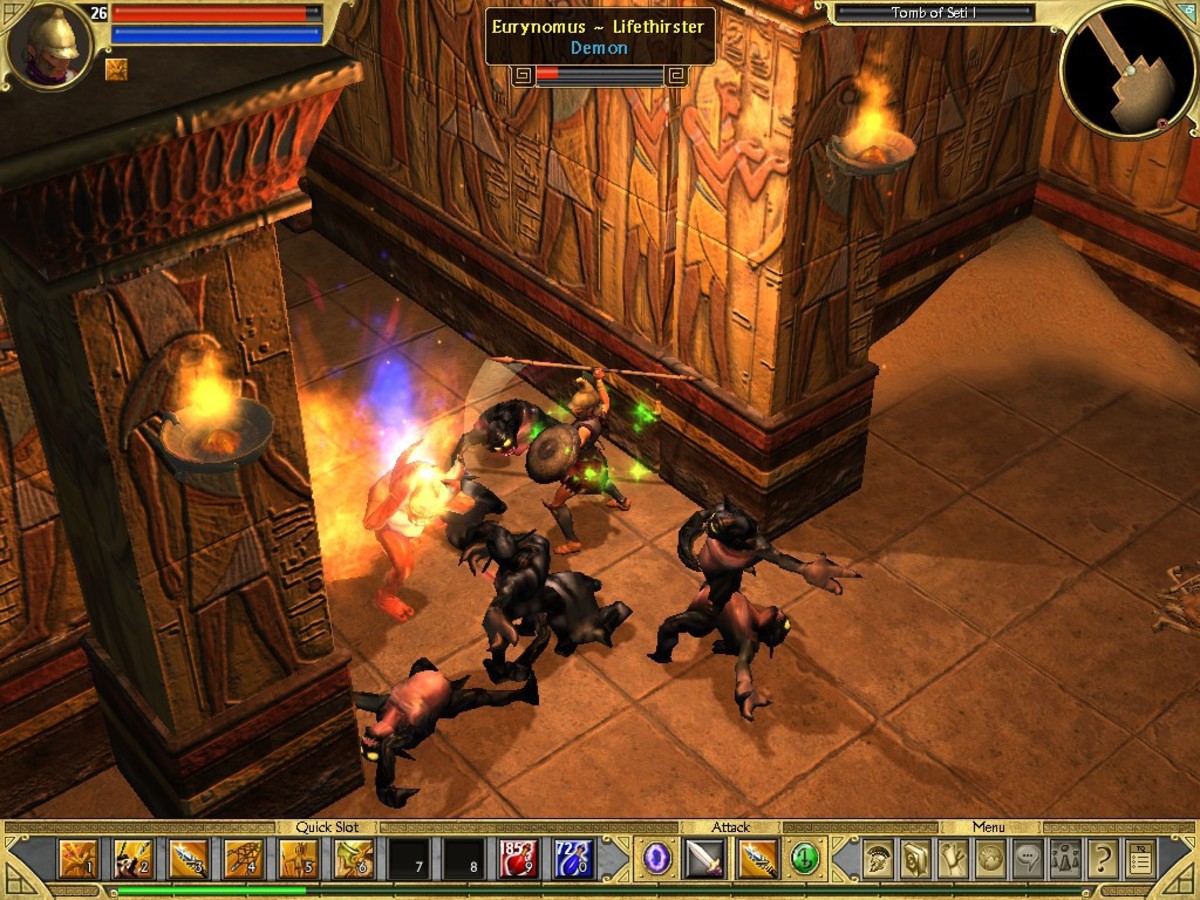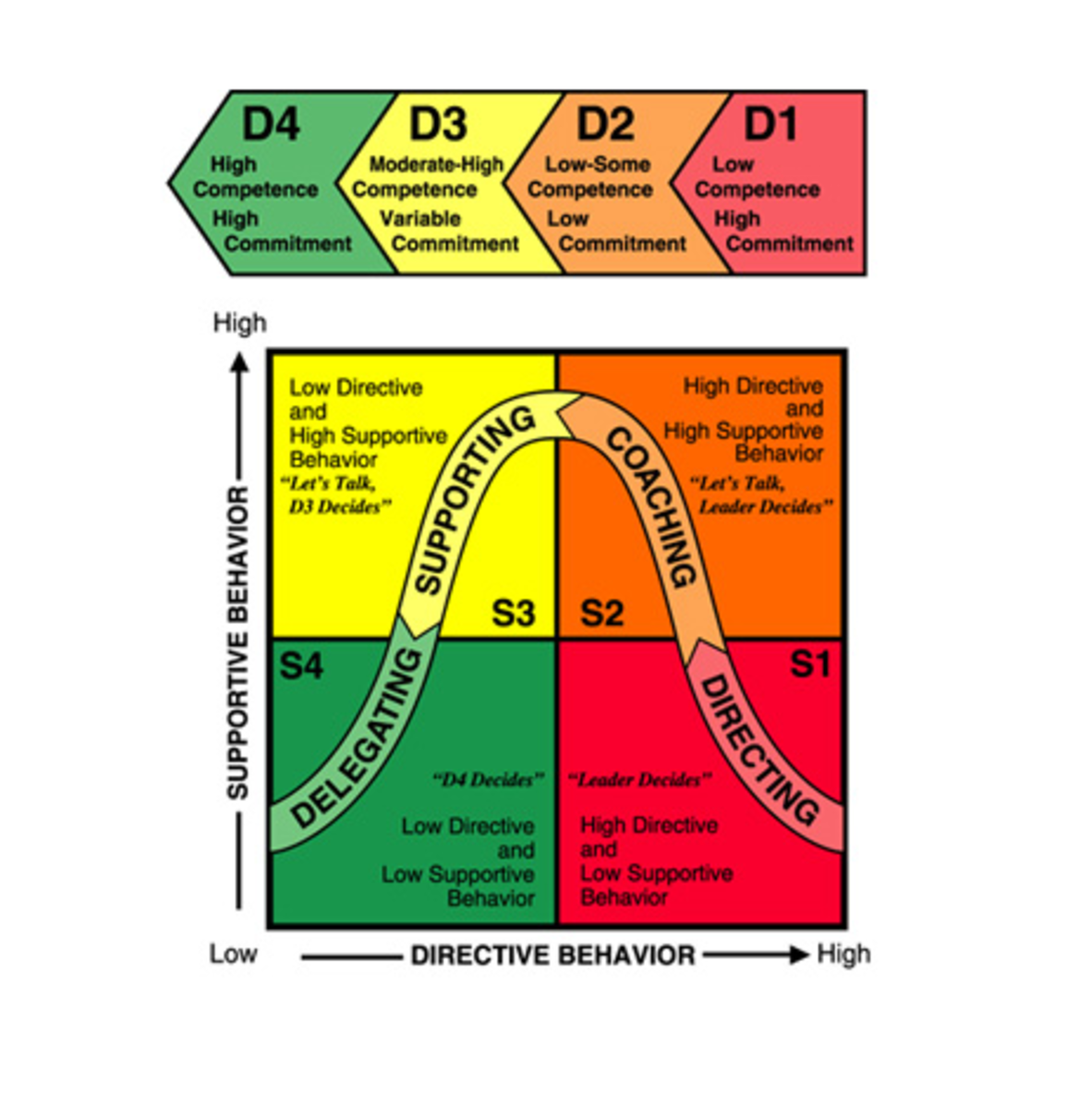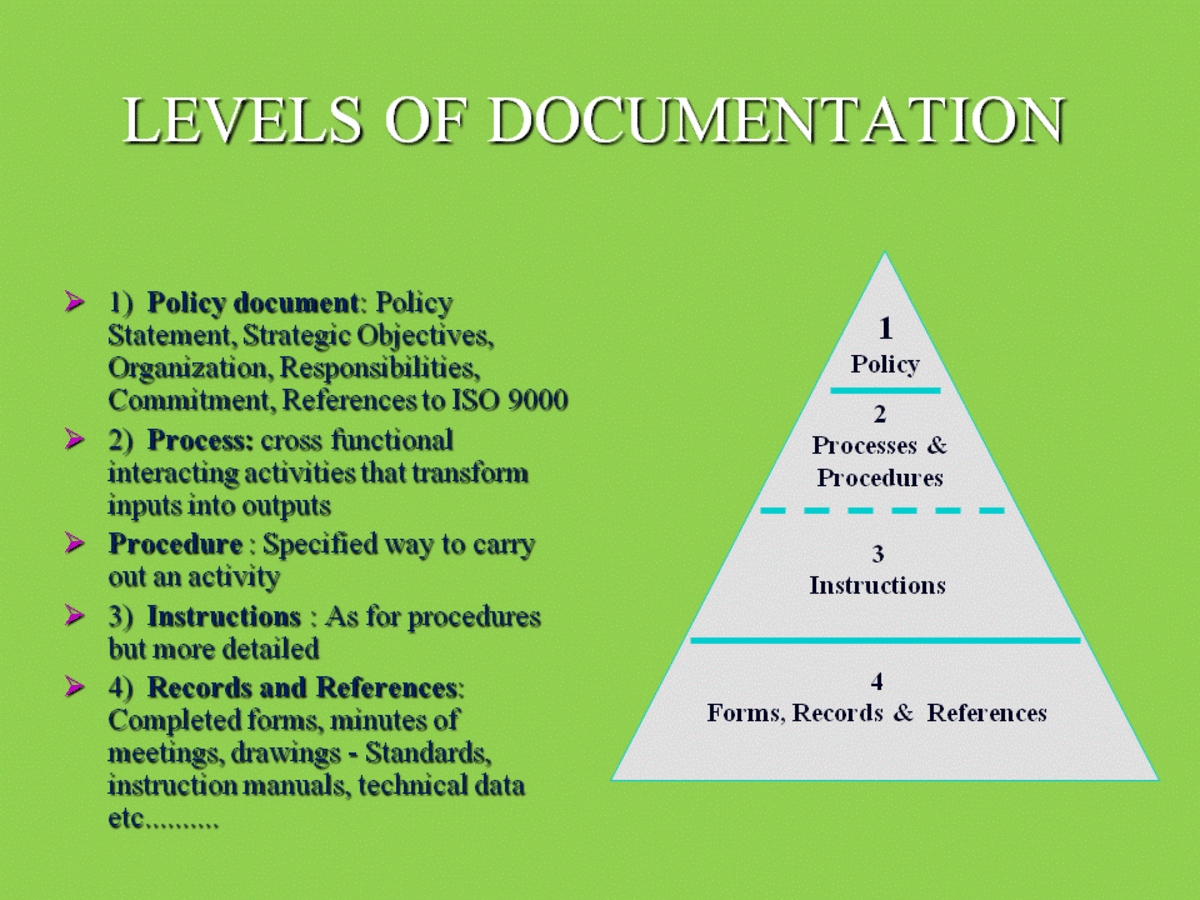Inventory Management: Simple Steps to Improve Inventory Turnover
Inventory turnover is a basic formula managers use to determine the number of times a company sells through its average inventory on hand.

Basics of Inventory Turnover
Inventory turnover represents exactly how often an organization sells out its entire inventory on hand for a given period. Businesses can compute this figure on a weekly, monthly, or annual basis. Most organizations commonly desire to improve their inventory turnover as this enhances unit sales and sales revenues. Different activities or operational changes may help a business increase its inventory turnover. Past inventory data or details and existing market conditions are amongst the top elements that affect a company’s merchandise inventory turnover. A company's control team is often able to assess each item that directly or indirectly affects merchandise sales as well as inventory turnover.
Here is a common accounting formula used to compute a company's inventory turnover:
Inventory Turnover =
| Cost of Goods Sold / Average Inventory*
| |
*Average Inventory =
| Beginning Inventory + Ending Inventory / 2
| |
Data:
| ||
Cost of Goods Sold
| $75,000
| |
Beg. Inventory
| $45,000
| |
End. Inventory
| $55,000
| |
Average Inventory =
| $45,000 + $55,000 / 2
| = $50,000
|
Inventory Turnover =
| $75,000 / $50,000
| = 1.50
|
The company sells through its inventory one-and-a-half times during the current year.
|
Watch this video to learn about two formulas for calculating inventory turnover. One use net sales and the other uses inventory cost data.
Lead Time Management
Lessen the lead-time for receiving new inventory. Long lead times suggest an organization requires more days to place an inventory order and receive the merchandise at its place of business. A common method to shorten lead-time is to use an automated inventory ordering system.
Safety Stock Management
Reduce merchandise safety stock. Safety stock is excess inventory held to satisfy unforeseen consumer demand. Reduced lead-times or just-in-time inventory systems are able to assist an organization in diminishing safety stock held by the business.
Old & Obsolete Inventory
Sell off older or excess inventory at discount prices. Taking out these merchandise inventory items from current stock-on-hand can easily enhance inventory turnover and also enable for selling items with much higher demand.
Inventory Transaction Costs
Avoid additional transaction charges linked with merchandise stock replacements. For example, a company should attempt to expense freight charges right away if possible to avoid adding them to the general ledger inventory account. When possible, a company should avoid merchandise changeover costs, which can easily decrease merchandise inventory turnover.
Inventory Forecasting Notes
Produce accurate inventory forecasts. The use of historic sales reports along with a current assessment of inventory needs can reduce potential problems in ordering too much inventory based on false or inappropriate information
Notes & Reminders
Inventory accounting supplies ratios and equations for a range of merchandise ordering and management purposes. Calculating these measurements each month could aid an organization into precisely determining how well they handle existing inventory turnover.









